Last year I had the pleasure of meeting Marion Goldstein through the Write Group of Montclair, an organization of diverse writers which provides opportunities to network, hone one’s craft, and encourage writers to write.
Marion Goldstein is a retired psychotherapist who worked for many years with the Carrier Foundation in Princeton, New Jersey initially as a Poetry Therapist and subsequently as Director of the Women’s Program and The Women’s Trauma Program. She has published articles related to her work as a clinician in The Journal of Social Psychiatry, The Arts in Psychotherapy, The Journal of Poetry Therapy. Her poetry has appeared in several literary journals. In addition, an excerpt from her memoir Hard to Place, One Family’s Journey through Adoption, entitled Two Roads Diverged, was published in Arts Medica, A Journal of Medicine, the Arts, and Humanities.
Her published books include two memoirs Hard to Place, One Family’s Journey through Adoption, and Embracing the Sign, A Journey of Faith, Science, and Experience, and Architecture of the Unpronounced, a book of poetry.
Marion Goldstein along with her late husband Bob raised their family of five children in Montclair, New Jersey. She now has thirteen grandchildren whom she takes great pride in and enjoys seeing.
Marion Goldstein’s writing is very personal and insightful and fulfills a need to express how she feels about the events in her life, explore spirituality, and share any insights she has gained.
We had an opportunity to chat over lunch and get to know each other as writers with some common interests. Here is the interview.
Why did you decide to become a writer?
Marion: I wanted to write prose to tell a story to my family. Poetry is a catalyst to my prose writing. For years, I took classes at The New School of Social Research in New York City, where I wrote and shared my writing. When I retired, I turned to prose, wanting to preserve my family’s story. Again, I found my way to The New School. I received encouragement from others in the class, and their questions concerning what I wrote became a prompt for subsequent chapters in my first book, Hard to Place, One Family’s Journey through Adoption.
How did your family feel about your writing about them in the book?
Marion: My family encouraged me, and my husband read my drafts and revision as I worked on the book. In fact, after the books were published, my children not only supported my endeavors but often promoted my books to others.
What inspired your writing?
Marion: When I have an interest in something or care deeply about something, I want to communicate about it. It must be something close to my heart. Writing allows me to say the unsayable, and my prose probably comes from my writing poetry.
How much time does it take for you to write a book?
Marion: It takes me five to seven years to finish a project. About 70% of my writing time is devoted to revision. I enjoy the revision process.
Do you have a schedule for when you write?
Marion: I write best in the morning, before I watch the news or talk to anyone. If I am excited about a project, I make time early in the morning. If I don’t have a project in the works, days or weeks might go by before I return to writing something.
Your book Architecture of the Unpronounced, is a book of poetry. You include poetry in your memoirs. Why do you write poetry?
Marion: To quote William Wordsworth, “Poetry is emotion recollected in tranquility.” Poetry offers you devices that allow you to say so much more in fewer words.
How did you first get published?
Marion: Through my work as a poetry therapist, I met two people who had published with North Star Press. One published a textbook, the other essays. One of the threads in my first book relates to the power of poetry, a topic in which North Star was invested. So, I submitted and had my first book Hard to Place, One Family’s Journey through Adoption published by them in 2009, and then they were open to my second book, Architecture of the Unpronounced, published in 2012, followed by Embracing the Sign, A Journey of Faith, Science, and Experience published in 2017.
Are you currently writing another book?
Marion: I have just submitted my latest fiction project, “Geography of a Friendship,” which follows the friendship of two women over five decades. I am thinking of writing another book of poetry.
******
EXCERPT from: Hard to Place, One Family’s Journey Through Adoption
“KURT AND EDDIE RARELY LEFT HOME. Occasionally they’d be allowed to ride to the dump in the back of the old pickup truck. They sat amidst the refuse, bumping down the gravel driveway onto dirt roads twisting into the hills, the wind blowing through their hair. Ardis watched them from the cab as they clung to the sides of the truck. “Hold on tight,” she shouted as they giggled and shrieked with excitement. At the dump they each loaded up with a portion of the week’s disposables and made a little procession from the truck to the huge swatch of valley that swallowed and digested the town’s garbage. Allen grasped the collars of their shirts or jackets so the force of the throw would not tumble them into the pit.
Trips to the hospital – the only other times the boys left the little red house on a regular basis – were less fun. They did not like the hospital, with its maze of corridors
And people. They did not like the long hours with psychiatrists, or the small testing room where each of them went separately. They did not like the tiny table or chair where the doctor sometimes squeezed himself so he could sit opposite one of them to play a game that was really not a game at all. Even the ride was less fun. Ardis and Allen told them to squat down in the back of the pickup so that no one in town would see them. They made a game of it: each time Allen slowed down, Ardis told the boys to pull the old wool blanket they kept in the bed of the truck over their heads. The explanation for this secretiveness was another piece of the puzzle that lay hidden in a sealed file for the next twenty five years.
Sometimes peeking from under the blanket, the boys watched Ardis buy fish from one of the many markets that lined the harbor street. Nova Scotia is a 350-mile-long peninsula protruding into the Atlantic Ocean like a giant lobster claw dangling off the Eastern Coast of Canada. Yarmouth is located at its southernmost tip. Here Kurt and Eddie could see the Atlantic coast and the seawall rugged with rocks. They were fascinated by the bracelet of lighthouses that wrapped around the coast, casting beams across the water for the many fishing boats that entered and exited the tiny port. One afternoon, standing on an empty beach, the waves lapping at their toes, the boys looked out at the great expanse of ocean that covered the whole horizon. Allen was pointing out the ferry docking in the harbor. He explained how it sailed for ten hours each night to transport tourists and their cars from Bar Harbor, Maine, in the United States across the water into Canada. Of course, the boys did not understand this geography, only that the other side of the ocean was very far away.
It was the spring of 1971. Small as pebbles against the blue stretch of ocean, the boys breathed the sea air they would never forget. Small for their age, each boy looked about a year younger than he was. I imagine them standing together, shoulders touching through their washed cotton shirts, their hair, fine as corn silk, covering each head like a copper bowl.
During that Spring, while the sons I had not yet met were beginning to take their first tentative steps toward recovery from their traumatic early childhood, I was living in New Jersey. I can picture myself as I was then, deep in thought, folding laundry in the basement or standing at the kitchen counter spreading peanut butter and jelly on Wonder Bread. Robert, Kathleen, and Dennis, my three children, would come banging in the side door each day, hungry for lunch after a morning at school.
I was completely unaware that during those very days, providence was entwining my life with the lives of two little boys in another country who stood gazing at the sea.”
“SIX YEARS LATER, infinity shook me. My friends and I were discussing a math class. A girlfriend traced the mathematical symbol for infinity on paper napkins and illustrated how there was no escape from it. The old oak table in the Brooklyn ice cream parlor, the chocolate egg cream, and the straw standing upright in the glass are all anchors to my thirteen-year old self that day. Frightening thoughts about death and infinity, a concept that, until that moment, had been relegated to the study of math, sprang from some dormant seed within me.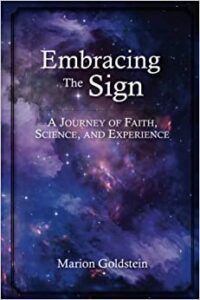
For a Catholic girl attending an all girls’ Catholic high school, the promise of an afterlife, in a place called heaven, was unquestionable in the faith in which I had been reared. The moment of that off-hand remark in that Brooklyn ice cream parlor drew me into the labyrinth. For the first time, I literally confronted eternity. Time without end, to go on and on was ungraspable, unimaginable, and frightening. The thought caused my head to swim and a vague nausea to make its way through my body as a subtle panic set in. The smell of flowers, a white First Holy Communion dress, and Christine erupted in my memory.
I did what I imagine most thirteen-year-old girls do. I pushed the thought aside and got back to the chocolate egg cream, the boy in the next booth, and the teenage realities so important at the time. No one else I knew had died, although the whisperings of other kids, polio, iron lungs, and the boy around the corner, who couldn’t walk, loomed in the shadow of my awareness. It had been seven years since Christine died, and I had continued to live. I was probably going to live forever!
Time went on, infused with a revolving set of desires, all of which could be accomplished while loving God. As an adolescent, it was a perfect math score, an invitation to dance, a diploma, a room of my own, unblemished skin, and a trip to Radio City Music Hall. This was the time of preparation, the anteroom of life. Serving God would come later.
As a young woman growing up in the Sixties, I had two choices: become a nun or follow in my mother’s footsteps and marry. In marriage I could serve God by rearing Catholic babies, who in turn ‘would know, love and serve God and be happy with him in heaven.’ I chose marriage when I was barely twenty-one years old. I had known Bob, a neighborhood boy, since eighth grade. When pregnancy didn’t happen in the first six months of our marriage, I made an appointment with a doctor. Surely there was something wrong with me. I prayed the rosary each day to Mary, the mother of God, to fulfill my burning desire to be a mother. Driving home from a movie or a party on a Saturday night, Bob and I recited the prayers together, one of the most intimate acts of our marriage. We were in it together, counting on God to help us create the blueprints of the life we would build together.
And it happened. Whether prayers were answered or nature took its course, within the next five years I gave birth to my three oldest children. Each filled me with a joy beyond what I could ever have imagined. By the time I was in my mid-twenties, the objects of my desire, my way of serving God, what He wanted for me, aligned perfectly with what I wanted.
Yet, I was increasingly preoccupied with the fear of losing my children, whether literally at the playground or the Thanksgiving Day parade, in a car crash if I weren’t present in my imagined omnipotence to protect them, or to a fever that spiraled out of control. My anxiety about their safety burned obsessively. Life was fragile, and I saw danger at every turn. My vague feelings about my own death and eternity crystallized, the way minerals dispersed throughout the substrata of bedrock become the hard black rocks of coal. In my vigilance to avoid death, I thought about it all the time.
It was exhausting. I kept track of children who were diagnosed with leukemia, children who fell out of windows, and children who drowned when a parent looked away. A good friend once commented that I had nightmares all day long. Gradually my fears overshadowed all the things that had brought me happiness. I would not let my children out of my sight. Even a trip to the grocery store with their father caused me to watch the clock and monitor the minutes until their return. Even when my own children were safely tucked in their beds at night, I was becoming exquisitely aware of a world in which safety and happiness were reserved for the lucky few. My provincial views garnered from the safety of a happy childhood had gradually telescoped to include a world where poverty, inequality, war, and evil were endured, day in and day out by the many, with no hope or any amelioration. In my unrelenting preoccupation, literally everything in life led to death; everything in life was meaningless.
As I struggled to find my way in my search for meaning, my reason for being, an incredible sadness overcame me. My world grew smaller and smaller. As I fought the overwhelming panic, the God whom all my life I had accepted on blind faith vanished. I was truly lost. The existential questions that had eluded me while I was busy changing diapers and running after toddlers pounded like surf in my brain.
What is it all about?
Is there a God?
Is there an afterlife?
If there is no afterlife, does anything matter?
Is life an absurd joke?
Prayer had always been my answer, the current that moved me forward. I had prayed to pass exams, for the phone to ring, the bus to come, my brother to return from Vietnam. I had prayed to St. Jude for the impossible, St. Gerard to become pregnant, St. Anthony for loss, St. Patrick for luck. And my prayers had been answered. I had everything I wanted, or so it seemed. But now prayer was empty. The whole idea of life being about an afterlife, of a heaven or hell for eternity, was cast in doubt. I could not find God.”
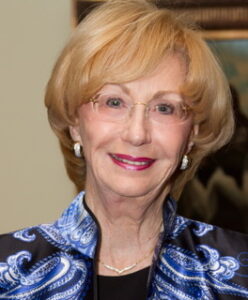
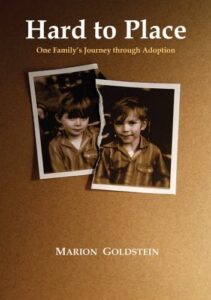
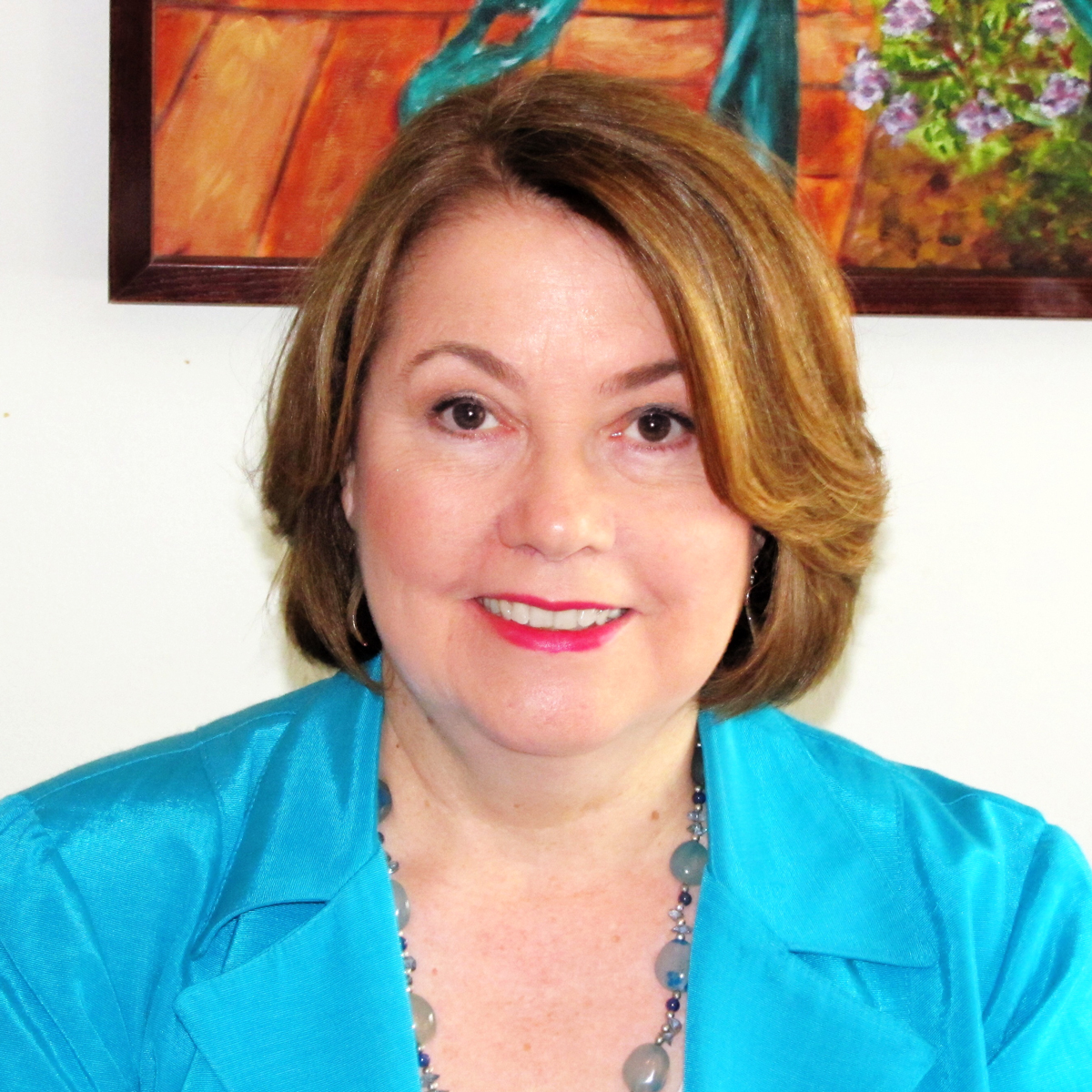



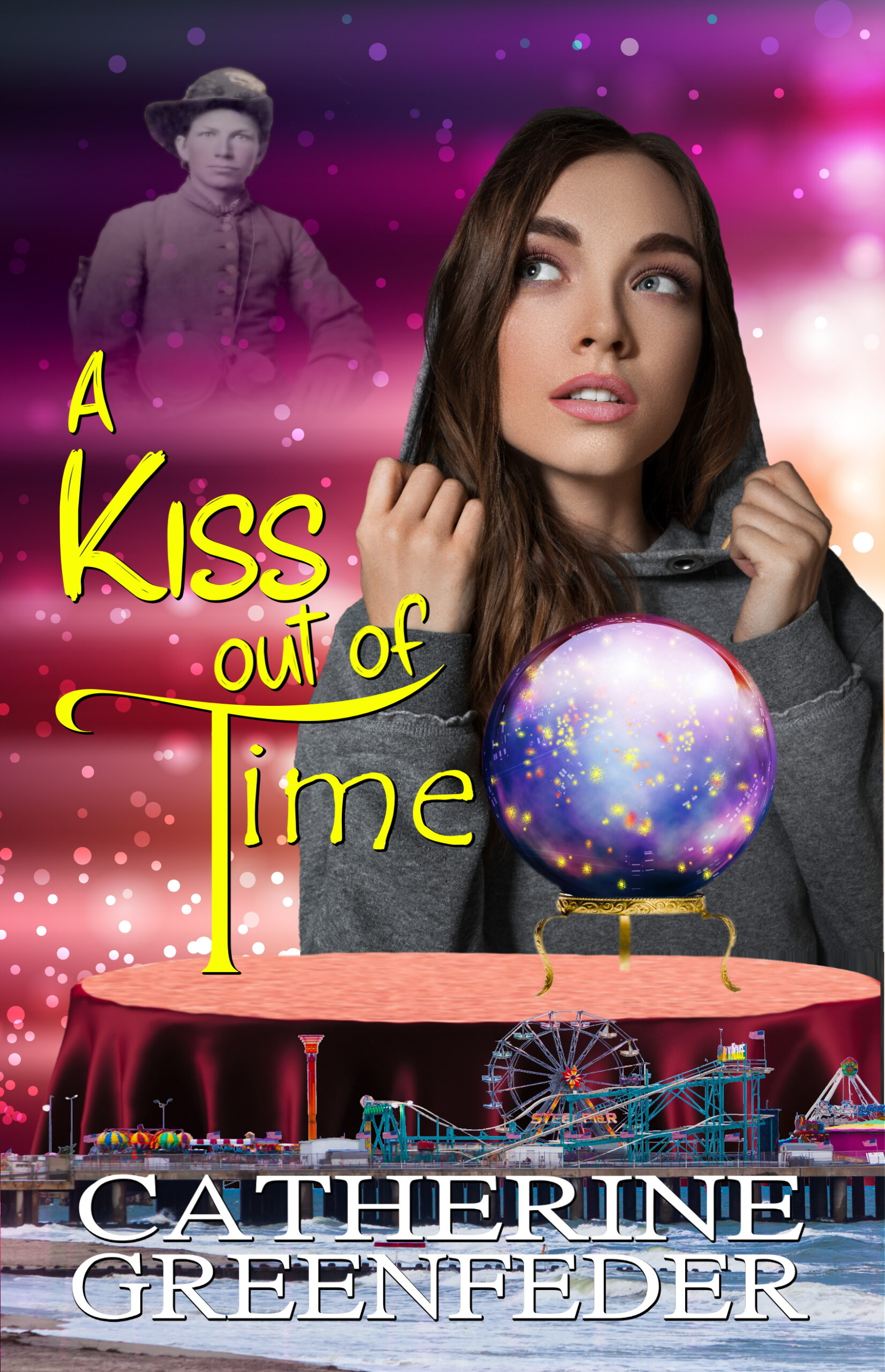
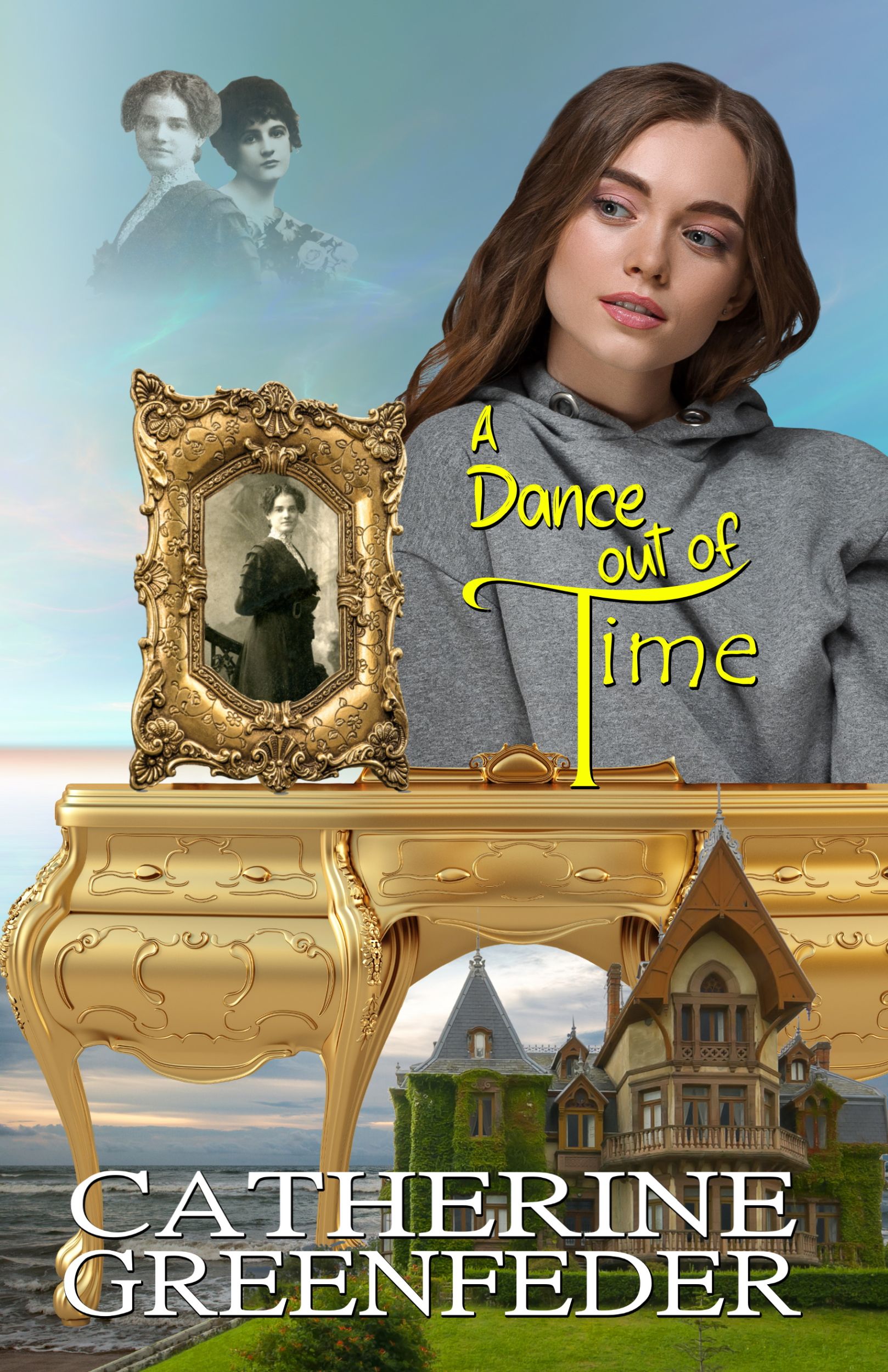
0 Comments